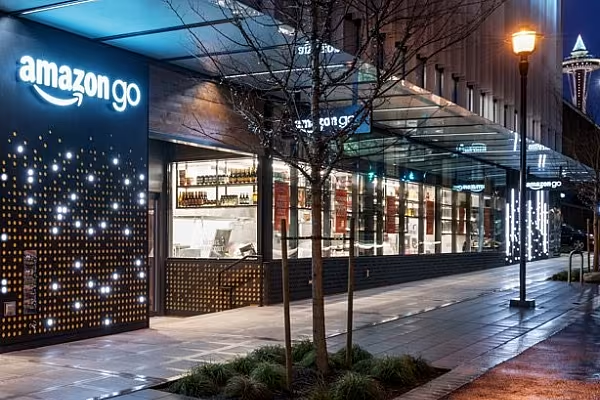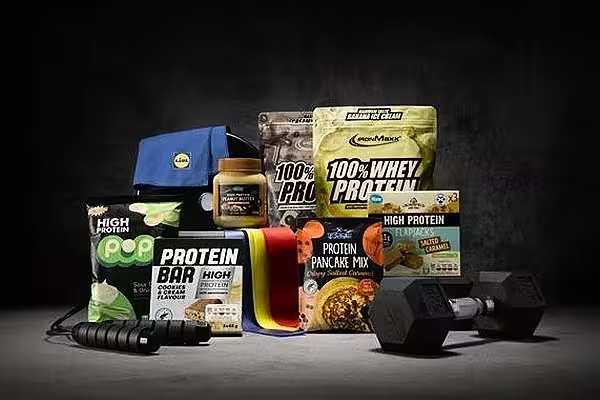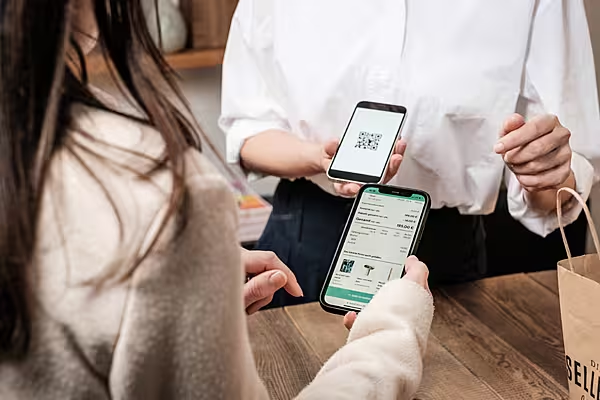After a over a year of testing, Amazon has finally opened its checkout-free supermarket concept to the public. Amazon Go was launched in downtown Seattle on Monday, drawing large crowds to experience the online retailer’s latest development.
The prototype store is fitted with cameras and sensors that keep track of goods as customers fill their shopping bags. Shoppers can then leave the store without scanning goods at a checkout, and payment is automatically completed through their Amazon account.
Is this just a novelty experiment, or the future of bricks-and-mortar retail?
Food To Go
Amazon’s new shopping concept has raised a number of concerns. Amazon Go was originally scheduled to open last year, and the delay suggests that the tech giant has taken time to figure out how to get technology right, how to accurately identify customers and products, and prevent shoplifting.
The coming weeks will tell if these issues have been ironed out.
There are also concerns that the technology will take jobs away from cashiers and other store staff, however, Amazon says that it will have a number of associates working at the store, such as those preparing food, stocking shelves, and working in supervisory positions.
So, is this a threat to traditional retail, or could it shake up the sector? Last year, the $550 billion US convenience-store industry recorded its weakest sales growth since 2013, and retailers are rushing to improve loyalty programmes and offer better food and online ordering services.
As other retail companies are trying to boost their online offerings to compete with Amazon, the e-commerce giant seems to be bucking the trend, returning focus to physical stores.
Jeff Bezos’s company made waves in the retail industry last year with its $13.7 billion acquisition of organic grocery chain Whole Foods Market. With Amazon Go, the company is now looking to bring shoppers back into stores by making the experience faster, easier, and more convenient.
We just checked out the #AmazonGo store in Seattle, now open to the public, here’s what it looks like inside:
(@dee_bosa) pic.twitter.com/EqznTlg5CK— Paayal Zaveri (@paayalzaveri) January 22, 2018
It's pretty impressive to watch people walk into #AmazonGo and walk back out in about a minute with what they picked up. No lines, no cashiers, no wait. pic.twitter.com/GIn6htkxfN
— WTSP Photog Jim (@Photog_Jim_WTSP) January 22, 2018
See the black squares everywhere? It’s cameras & sensors feeding an underlying algorithm for the detection of products & customers. Black dots on the salad: machine readable information. #AmazonGo #handelsblatt pic.twitter.com/Py0KR37jKJ
— Britta Weddeling (@bweddeling) January 22, 2018
Tech Trials
Amazon isn’t alone in seeking to optimise the customer experience. Grocery retailers across the globe are looking to introduce the latest technologies in a bid to improve efficiency. Currently, there is a large focus on removing queues and checkouts.
A number of companies, including Walmart, Sainsbury’s and Coop Danmark, are trialling scan-and-go systems, which allow customers to scan their own purchases as they shop and pay on their phone as they leave the store. This concept is also on the rise in Asia, with Auchan China’s digital-store concept and the expansion of Alibaba’s Hema stores.
While Amazon’s technology is more streamlined, removing the need to manually scan products, the e-commerce company could be facing competition.
Irish-based company Everseen is preparing to launch a similar checkout-free retail system, Øline, in the first quarter of 2018, and China’s JD.com unveiled its first unmanned convenience store in Yantai, Shandong Province, at the end of December.
It is inevitable that change is coming to the grocery market, but it is still unclear what the future is going to be.
Amazon has not announced if it plans to expand its new high-tech concept, but between Amazon Go, Whole Foods, and the expansion of its Amazon Fresh online grocery service, it seems to have all its bases covered.
© 2018 European Supermarket Magazine – your source for the latest retail news. Article by Sarah Harford. Click subscribe to sign up to ESM: The European Supermarket Magazine.














